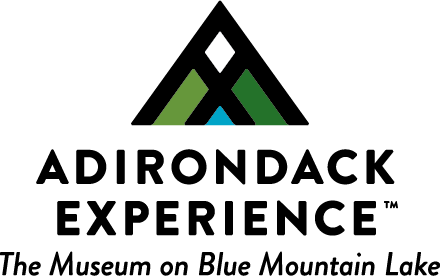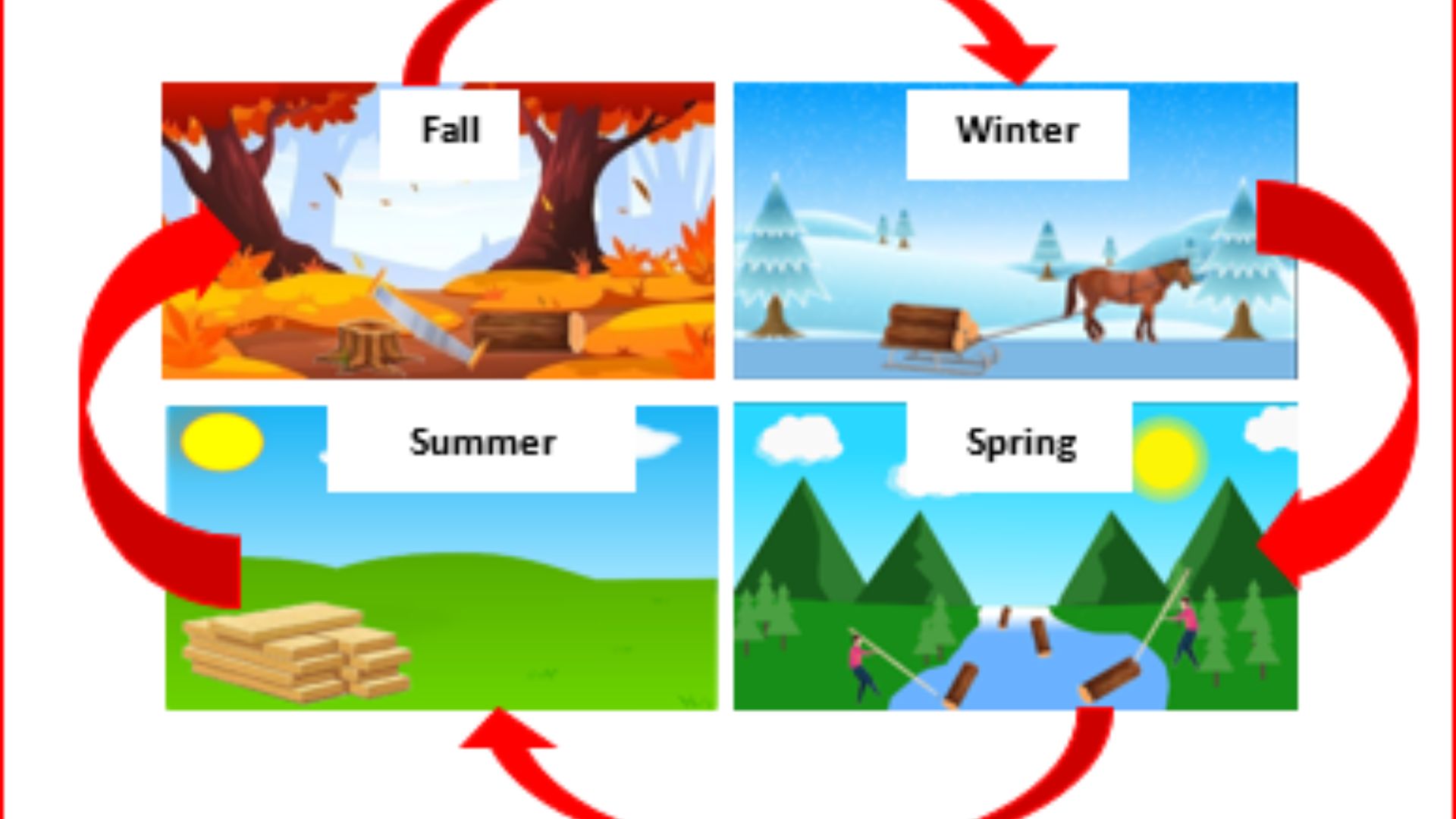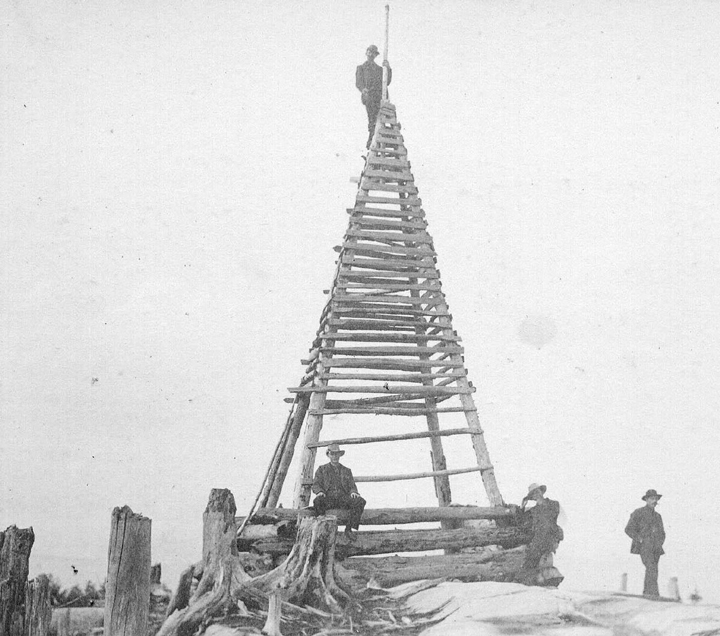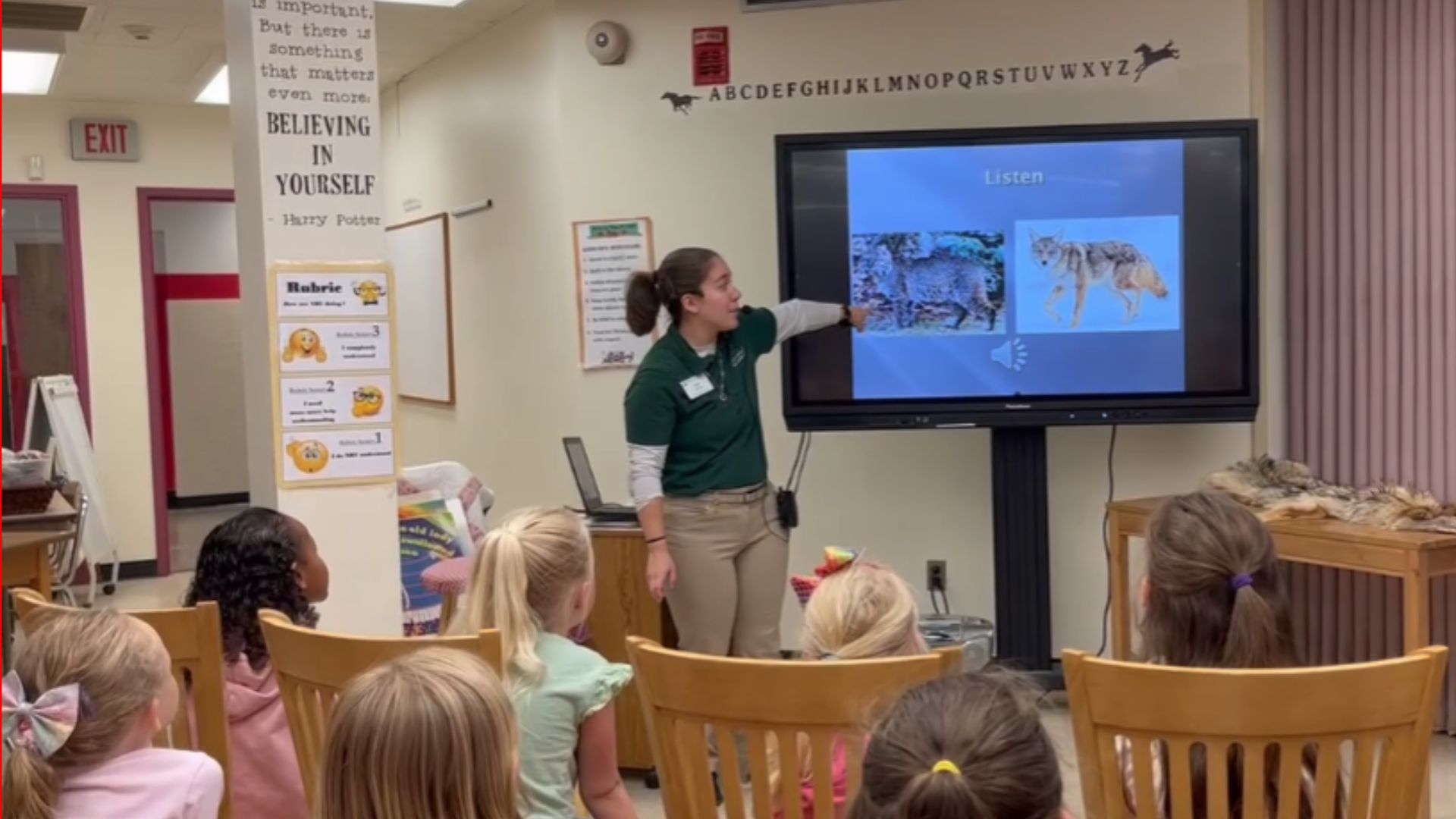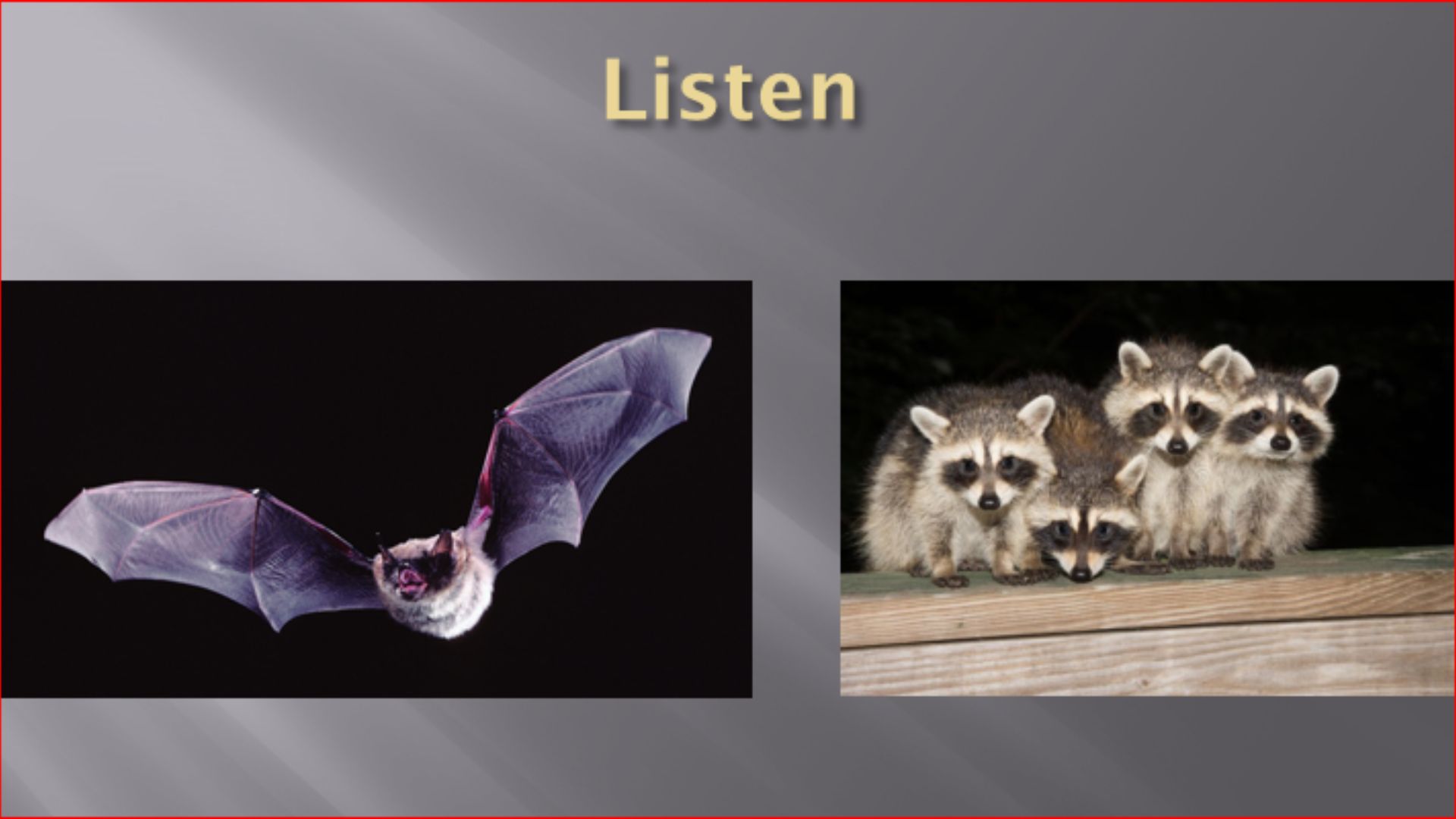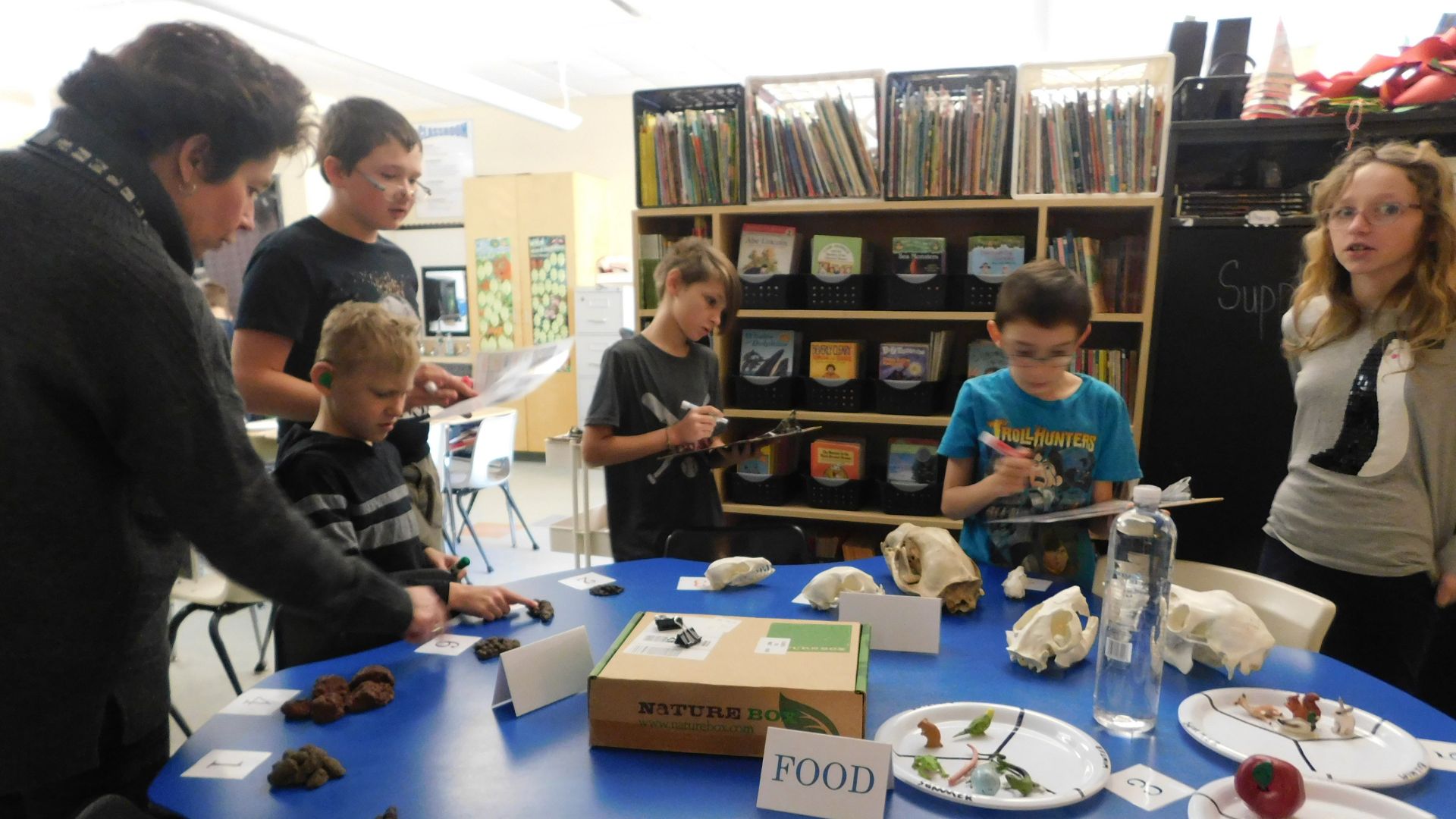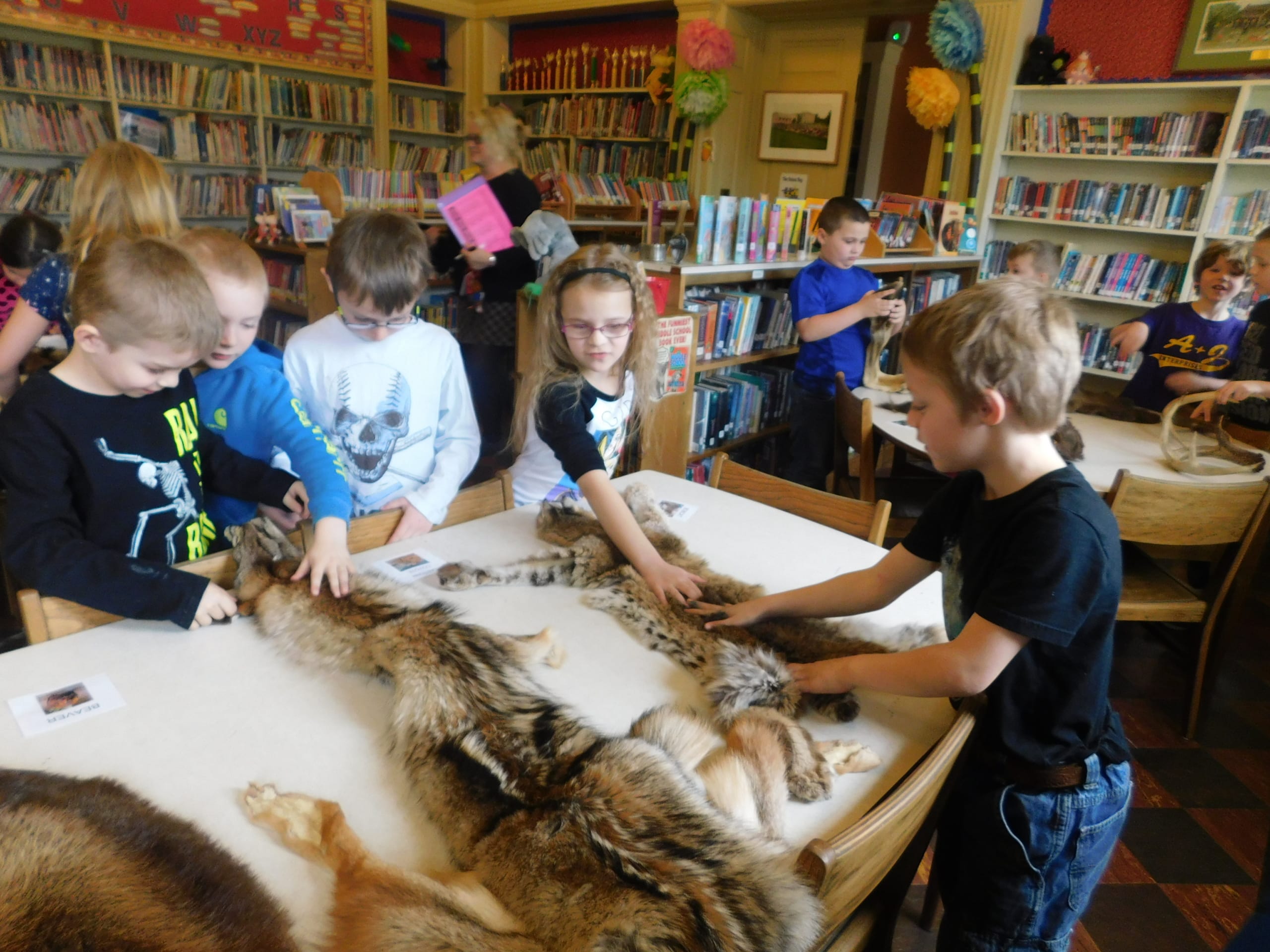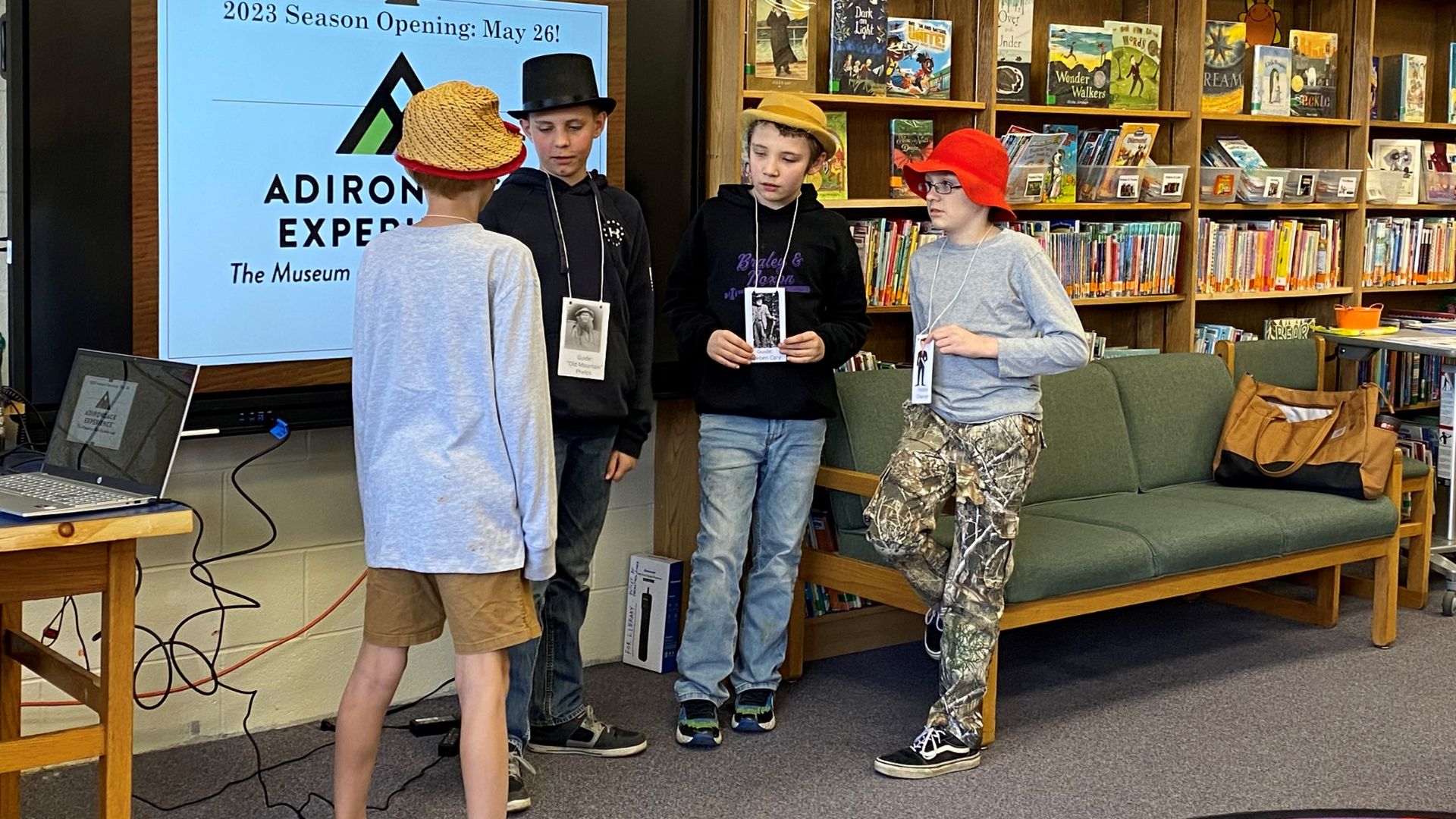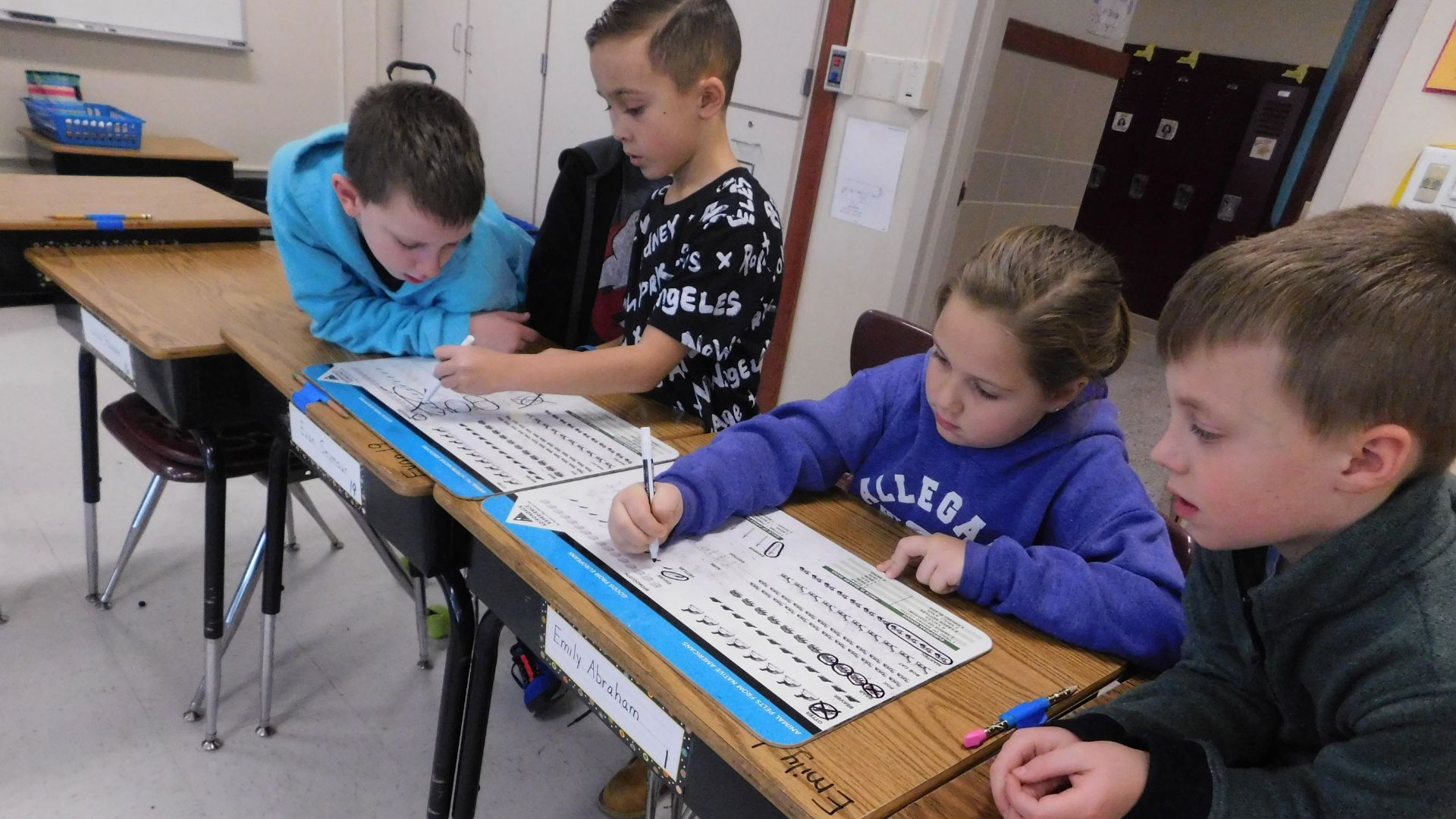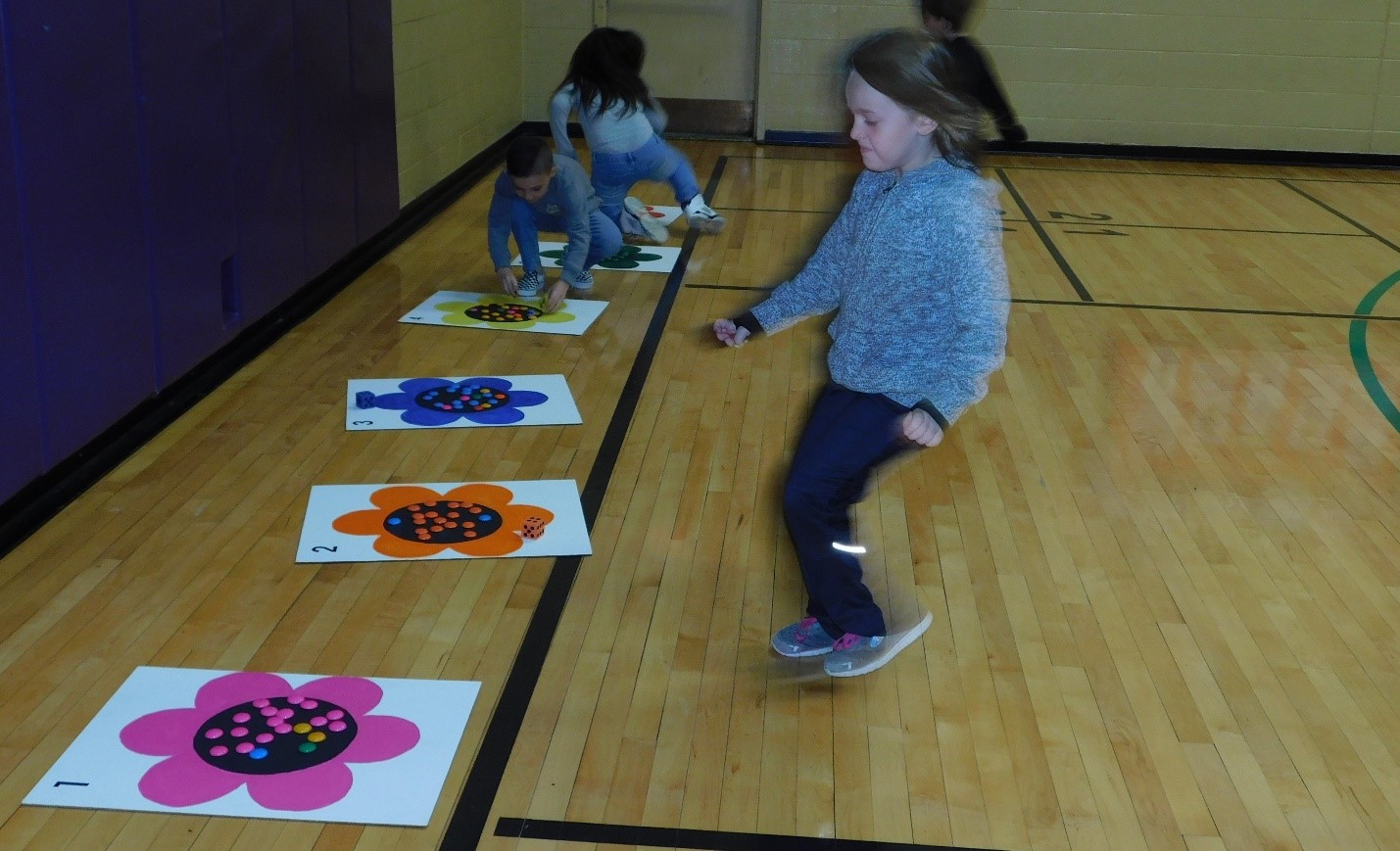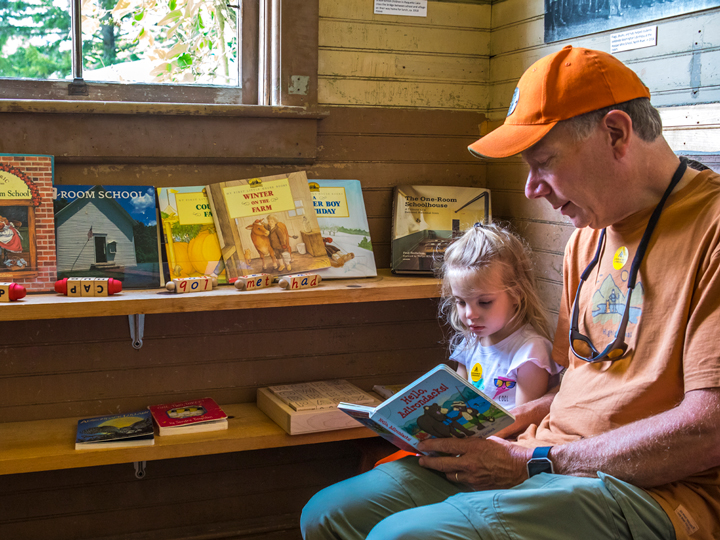Elementary Outreach Programs
SEASONS OF THE LUMBERJACK
Grades: Kindergarten-1st
Curriculum Connections
• Chronological reasoning
• Community & environment
• Teamwork
Approximate Run Time: 40 minutes
Do you have the skills to be a lumberjack? Follow the seasons of the year and explore how the conditions of each helped lumberjacks get the job done! Engage in hands-on activities for each season that highlight the work done in spring, summer, fall, and winter.
Learning Standards
Pre-Kindergarten
- ELA – Vocabulary Acquisition and Use
- Science – Physical Science
- P-PS2-1.
Kindergarten
- Science – Physical Science
- K-PS2-1.
- K-PS2-2.
- Science – Weather and Climate
- K-ESS2-1.
- Social Studies – Geographic Reasoning
- 3.
- 5.
- My Self – Time, Continuity, and Change
- 8a.
First Grade
- Social Studies – Gathering, Interpreting, and Using Evidence
- 5.
- Social Studies – Chronological Reasoning and Causation
- 2.
- Social Studies – Geographic Reasoning
- 3.
NAVIGATING THE NORTH WOODS
Grades: 3rd and 4th
Curriculum Connections
• Map analysis
• Industry and environment
• Teamwork
Approximate Run Time: 45 minutes
Discover the history of early lumbering in the Adirondacks. Check out the tools of the trade. Explore an historic map of the region and uncover how lumberjacks worked in the dense North Woods.
Learning Standards
Third Grade
- Social Studies – Gathering, Interpreting, and Using Evidence
- 2.
- Social Studies – Comparison and Contextualization
- 4.
- Social Studies – Geographic Reasoning
- 1.
- Communities around the World – Geography, Humans, and the Environment
- 1b.
- 2.
- 3b.
Fourth Grade
- Science – Earth’s Systems
- 4-ESS2-2.
- Social Studies – Gathering, Interpreting, and Using Evidence
- 1.
- 2.
- Social Studies – Comparison and Contextualization
- 4.
- Social Studies – Geographic Reasoning
- 1.
- New York State and Local History and Government – Geography of New York State
- 1a.
- New York State and Local History and Government – Westward Movement and Industrialization
- 6d.
- 6f.
CONIFER ID
Grades – 2nd and 3rd
Curriculum Connections
• Biodiversity
• Natural resources
• Identifying traits
Approximate running time: 40 minutes
Only available in November and April
Looking closely at an important natural resource, students will learn to identify evergreens that make up the Adirondack forest. They will use a microscope to take an up-close look at nature’s patterns and discover historic uses for conifer trees.
Learning Standards
Second Grade
- Science – Structure and Properties of Matter
- 2-PS1-1.
- 2-PS1-2.
- Science – Interdependent Relationships in Ecosystems
- 2-LS4-1.
- Social Studies – Economics and Economic Systems
- 2.
- 4.
Third Grade
- Science – Inheritance and Variation of Traits
- 3-LS3-1.
- Social Studies – Comparison and Contextualization
- 4.
- Social Studies – Economics and Economic Systems
- 2.
- Communities around the World – Creation, Expansion, and Interaction of Economic Systems
- 10.
SOUNDS OF THE WOODS
Grades: PreK – 1st
Curriculum Connections
• Senses
• Habitat
• Mammals
Approximate Run Time: 30 minutes
Use your sense of sight and touch to explore various critters form our teaching collection. Make observations about what makes these wild animals unique. Challenge your ears to identify the sounds made by the wildlife of the Adirondacks.
Learning Standards
Pre-Kindergarten
- Science – Life Science
- P-LS1-1.
- P-LS1-2.
Kindergarten
- Science – Interdependent Relationships in Ecosystems
- K-LS1-1.
- K-ESS3-1.
- K-ESS3-3.
First Grade
- My Family and Other Families, Now and Long Ago – Geography, Humans, and the Environment
- 1.6
NIGHT SOUNDS OF THE WOODS
Grades: PreK – 1st
Curriculum Connections
• Senses
• Habitat
• Mammals
Approximate Run Time: 30 minutes
Use your sense of sight and touch to explore various critters form our teaching collection. Make observations about what makes these wild animals unique. Challenge your ears to identify the sounds made by the wildlife of the Adirondacks.
Learning Standards
Pre-Kindergarten
- Science – Life Science
- P-LS1-1.
- P-LS1-2.
Kindergarten
- Science – Interdependent Relationships in Ecosystems
- K-LS1-1.
- K-ESS3-1.
- K-ESS3-3.
First Grade
- My Family and Other Families, Now and Long Ago – Geography, Humans, and the Environment
- 1.6
INS & OUTS
Grades: 2nd-3rd
Curriculum Connections
• Compare and Contrast
• Adaptations
• Interpreting evidence
Approximate Run Time: 40 minutes
Become wildlife detectives by studying the “ins and outs” of Adirondack mammals. Search for clues using the size and shapes of the pelts, skulls, tracks, food, and scat samples to figure out which belong to what animal.
Learning Standards
Second Grade
- ELA – Reading – Phonics and Word Recognition
- ELA – Speaking and Listening – Comprehension and Collaboration
- Science – Interdependent Relationships in Ecosystems
- 2-LS2-2.
Third Grade
- ELA – Speaking and Listening – Comprehension and Collaboration
- Science – Interdependent Relationships in Ecosystems
- 3-LS4-3.
- 3-LS4-4.
AMAZING ADAPTATIONS
Grades: 3rd-4th
Curriculum Connections
• Compare and Contrast
• Adaptations
• Interpreting evidence
Approximate Run Time: 40 minutes
Learn what makes Adirondack mammals uniquely suited to surviving in our forests with an in-depth look at the specialized body and skull structures of our study specimens.
Learning Standards
Third Grade
- ELA – Reading – Phonics and Word Recognition
- ELA – Speaking and Listening – Comprehension and Collaboration
- ELA – Language – Vocabulary Acquisition and Use
-
- 3L4a:
- 3L4b:
- 3L4c:
- Science – Interdependent Relationships in Ecosystem
- 3-LS4-3.
- 3-LS4-4.
- Science – Inheritance and Variation of Traits: Life Cycles and Traits
- 3-LS3-2.
- 3-LS4-2.
- Science – Weather and Climate
- 3-ESS2-2.
-
Fourth Grade
- ELA – Reading – Phonics and Word Recognition
- ELA – Speaking and Listening – Comprehension and Collaboration
- ELA – Language – Vocabulary Acquisition and Use
- Science – Structure, Function, and Information Processing
- 4-LS1-1.
- 4-LS1-2.
SCENE-IC BACKWOODS
Grades: 5th-6th
Curriculum Connections
• Interpreting evidence
• Fluency
• Collaboration
Approximate Run Time: 50 minutes
Creativity and critical thinking come together in this student-centered program. We will analyze and interpret primary sources. Then students will synthesize the information gathered to create a short skit with prompts and historic characters.
Learning Standards
Fifth Grade
- ELA – Reading Standards – Literary and Informational Text – Key Ideas and Details
- 5R1.
- 5R2.
- ELA – Reading Standards – Literary and Informational Text – Craft and Structure
- 5R4.
- ELA – Writing Standards – Text Types and Purposes
- 5W3.
- 5W4.
- 5W5.
- ELA – Vocabulary Acquisition and Use
- 5L4.
- Social Studies – Gathering, Interpreting, and Using Evidence
- A. 1-5.
- The Western Hemisphere – Economics
- 5.7b.
Sixth Grade
- ELA – Reading Standards – Literary and Informational Text – Key Ideas and Details
- & 6R2.
- ELA – Reading Standards – Literary and Informational Text – Craft and Structure
- ELA – Writing Standards – Text Types and Purposes
- 6W3-5.
- ELA – Vocabulary Acquisition and Use
- 6L4.
- Social Studies – Gathering, Interpreting, and Using Evidence
- A.2-4.
FUR TRADE IN NEW YORK STATE HISTORY
Grades: 4th-5th
Curriculum Connections
• Cause and effect
• Economics
• Collaboration
Approximate Run Time: 50 minutes
This program uses pelts, artifacts and primary source material to teach students about the fur trade. Students will also practice bartering skills with a trade simulation activity.
Learning Standards
Fourth Grade
- Social Studies – Gathering, Interpreting, and Using Evidence
- A.2.
- A.6.
- Social Studies – Chronological Reasoning and Causation
- B.1.
- B.4.
- Social Studies – Comparison and Contextualization
- C.3.
- C.4.
- Social Studies – Geographic Reasoning
- D.1.
- D.3
- D.5
- Social Studies – Economics and Economic Reasoning
- E.1.
- E.2.
- Social Studies – Civic Participation
- F.5.
- New York State and Local History and Government
- 4.1a.
- 4.1b.
- 4.2a.
BEES & POLLINATION
Grades: 2nd-3rd
Curriculum Connections
• Life cycles
• Attention to detail
• Teamwork
• Communication
Approximate Run Time: 45 minutes
What’s the buzz about bees? This program begins with a short presentation that introduces students to life inside the beehive with a look at the honeybee lifecycle and the social structure of a bee colony. After a discussion of beekeeping past and present, we launch into a discussion about the importance of bees and pollination. Students put their understanding of pollination to the test with a high energy relay race competition that challenges each “beehive” team to be the best group of pollinators they can be. This program requires a large space; it is great for a gymnasium or playground.
Learning Standards
Second Grade
- Science – Interdependent Relationships in Ecosystems
- 2-LS2-2.
- Social Studies – Gathering, Interpreting, and Using Evidence
- A.2.
- Social Studies – Chronological Reasoning and Causation
- B.5.
- Social Studies – Comparison and Contextualization
- C.4.
- Social Studies – Geographic Reasoning
- D.1.
- D.3.
- Social Studies – Economics and Economic Systems
- E.2.
- E.4.
- My Community and Other Communities – Individual Development & Cultural Identity
- 2.1c.
- 2.1d.
- My Community and Other Communities – Geography, Humans, and the Environment
- 2.5b.
- My Community and Other Communities – Economic Systems
- 2.8a.
- 2.8b.
- 2.8c.
Third Grade
- Science – Interdependent Relationships in Ecosystems
- 3-LS2-1.
- 3-LS1-1.
- 3-ESS2-2.
- Social Studies – Gathering, Interpreting, and Using Evidence
- A.2.
- A.6.
- Social Studies – Comparison and Contextualization
- C.4.
- Social Studies – Geographic Reasoning
- D.3.
- Social Studies – Economics and Economic Systems
- E.1.
- E.2.
- E.3.
- E.4.
- Communities Around the World – Geography, Humans, and the Environment
- 3.3a.
- 3.3b.
- Communities Around the World – Creation, Expansion, and Interaction of Economic Systems
- 3.9b.
- 3.10a.
